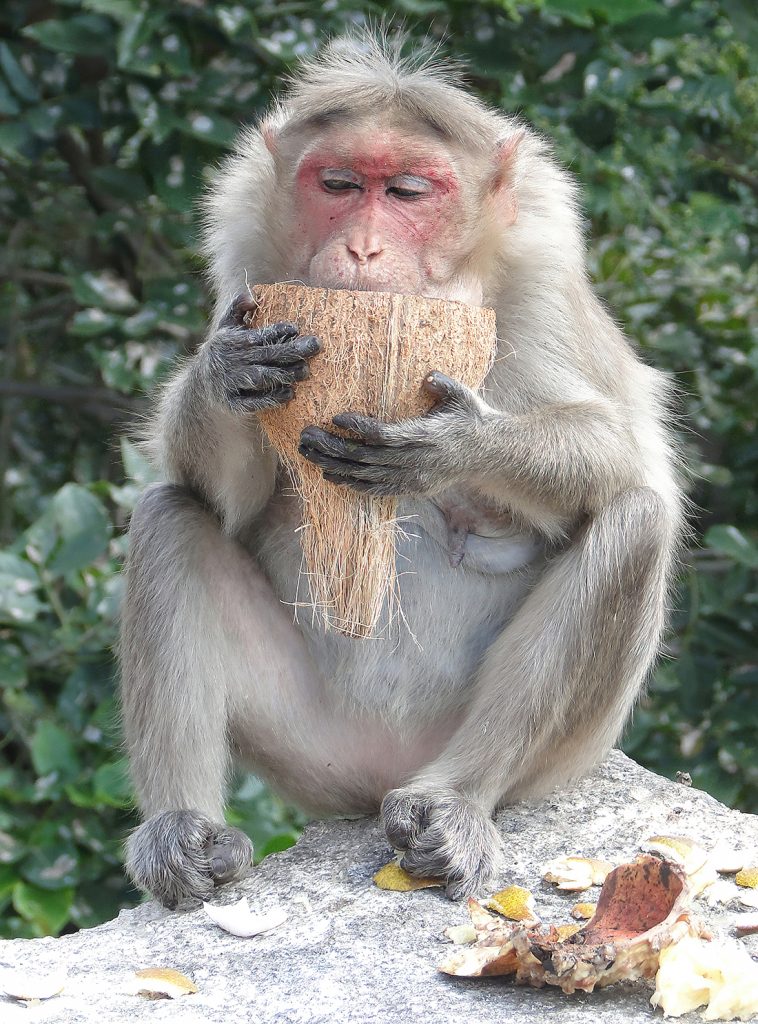It always amazes that so many Americans refuse to accept the fact of evolution, a century and a half after Charles Darwin published On the Origin of Species. I just finished reading Origin a few months ago, and it’s still a fascinating book, though of course many of the details have changed.

The full title of the book is “On the Origin of Species by Means of natural Selection or the Preservation of Favoured Races in the Struggle for Life”. What’s interesting is that the ideas in the book were already under discussion before publication, and as the years went on, Darwin worked to provide answers to criticisms he knew would occur, spending several chapters refuting his critics. So, each subsequent edition of Origin was slightly different — the closest Darwin’s time could come to blogging. What’s also amazing is the sheer number of people with whom he corresponded. The book is written in a very conversational style, and Darwin frequently uses information gathered from his many correspondents. He states his ideas clearly, then methodically brings in evidence to support them across a wide range of fields.
One of the common arguments by creationists
is that the eye couldn’t have ‘just happened’, but Darwin anticipated this line of reasoning. Creationists should read his discussion of the many ways in which optical apparati have evolved in multiple creatures -often for original purposes other than sight.

The final paragraph of the book bears repeating, and Stephen J Gould used it as the inspiration for his monthly magazine columns:
“There is a grandeur in this view of life, with its several powers, having been originally breathed by the Creator into a few forms or into one; and that, whilst this planet has gone cycling on according to the fixed law of gravity, from so simple a beginning endless forms most beautiful and most wonderful have been, and are being evolved.”
This passage also reminds us that, again, contrary to what creationists might say, Darwin did not address the Origin of life itself. Instead, he describes the scientific background that permits the development of species after life started.
Much has changed since Darwin’s time
– remember that his era didn’t even know what genes were, much less had any concept of the process by which DNA encodes the entire organism. Thus, it’s no surprise that Darwin got some of the details wrong. No scientist has ever been or claimed to be 100% correct. That’s the beauty of the scientific method. Unlike religion and other dogma, science thrives on criticism, rethinking, and experimental demonstration of hypotheses. This makes the Theory of Evolution one of the most solid intellectual constructions of all time. It is the basis for our understanding of the natural world and underpins modern biology.